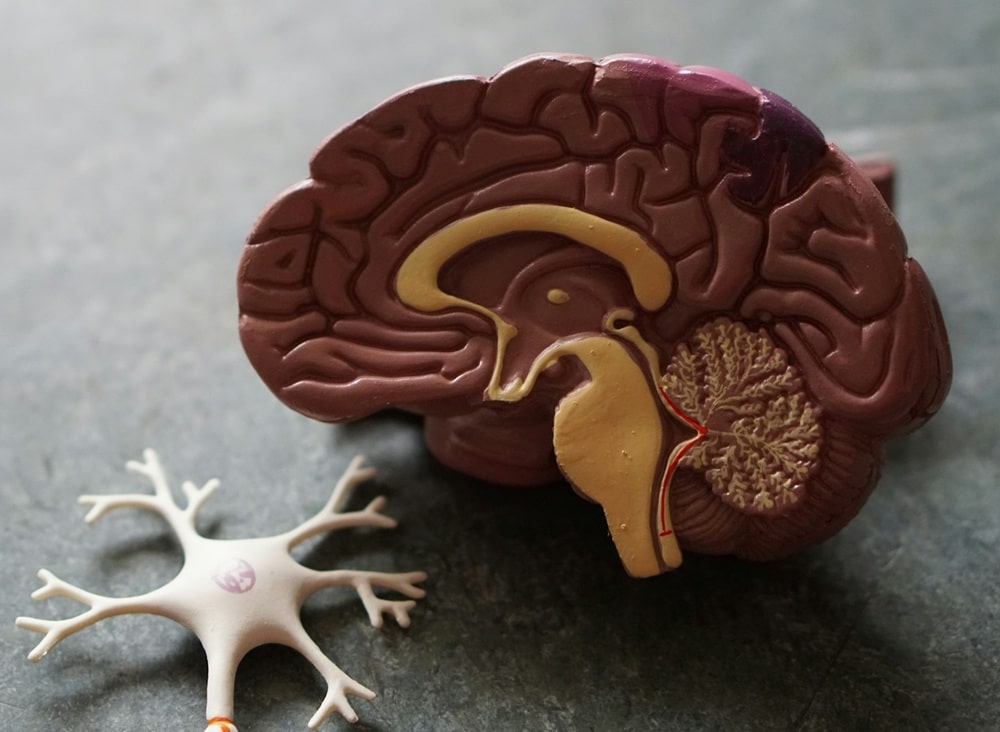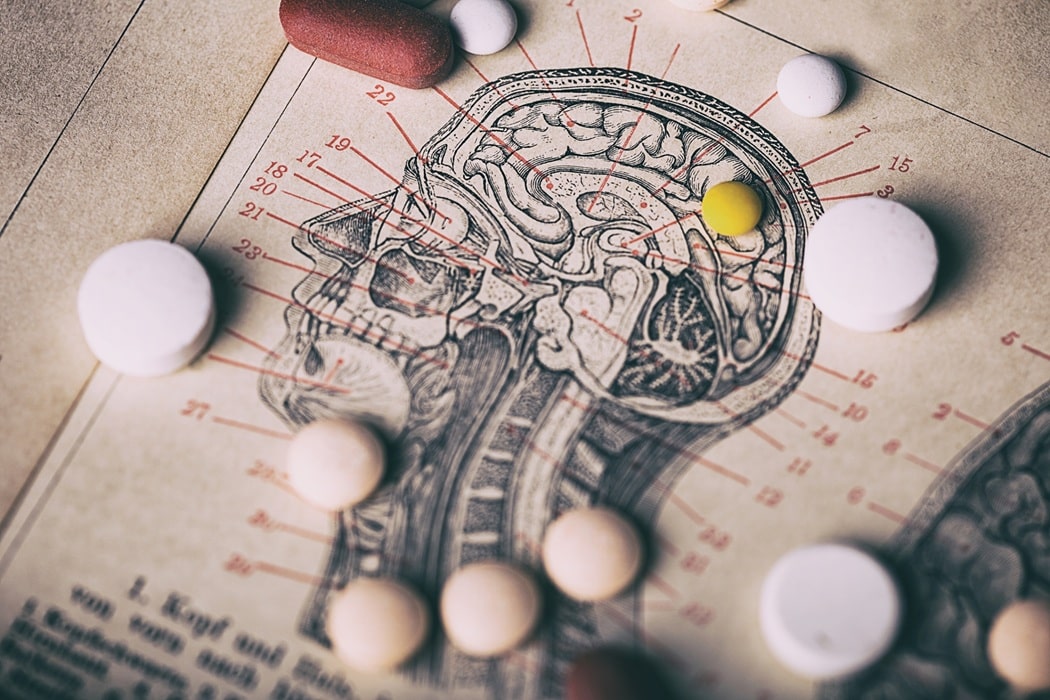Our Expertise
Neurological Disorders
What is Neurology?
neu·rol·o·gy |\nu̇-ˈrä-lə-jē: from Greek: νεῦρον (neûron), “string, nerve” and the suffix -logia, “study of” – is the branch of Internal Medicine that deals with the diagnosis and treatment of central and peripheral nervous system disorders.


What are Neurological Disorders?
Neurological Disorders are disorders of the central and peripheral nervous system. Neurological Disorders can be varied in presentation and symptoms involving one or more of neurological subsystems.

Neurological Disorders – Our Areas of Expertise
Peripheral Neuropathies: Peripheral Neuropathies result from damage to your nerves. The causes and presentation of this common condition can be varied. Affected patients may experience tingling, numbness, burning or lancinating neuralgic pains along with weakness, difficulty with balance or gait. A proportion of these neuropathies are treatable whereas in the others pain relief is possible with the use of medications. Since early recognition and treatment may prevent further damage to your nerves, it is essential that medical help is sought in case of such unusual symptoms.
Motor System Disorders: Motor System Disorders consists of a diverse group of neurological disorders caused by dysfunction or degeneration of motor neurons in either the brain, spinal cord or both. Such patients usually present with progressive weakness, loss of muscle bulk, lack of dexterity, difficulty with speech, gait disturbances, muscle cramps or problems with swallowing. Most such disorders require a meticulous and stepwise algorithm of investigations for confirmation along with electrophysiological testing for diagnosis followed by multidisciplinary specialist care and support.
Muscle Diseases: Muscle disorders occur due to genetic aberrations affecting structural muscle proteins, inflammatory causes, metabolic and endocrine abnormalities or enzyme deficiencies affecting metabolism of muscle cells. These disorders usually present with weakness, muscle loss, fatigue, abnormal cramps, contracture and infrequently with urinary discolouration following exertion or periodic weakness of certain muscle groups. Details clinical examination, genetic studies, electrophysiological testing and muscle biopsies are often necessary to confirm diagnosis.
Movement Disorders: This group refers to disorders that produce an abnormal increase or paucity of movements. They may be both voluntary or involuntary. Recognition is through a skilled clinical examination supported by relevant neuroimaging and genetic studies if indicated. These disorders include Ataxias, Dystonias, Chorea, Myoclonus, Huntington’s Disease, Restless Leg Syndrome, Parkinson’s Disease, Cerebellar Disorders and Multiple System Atrophy.
Epilepsies: These are chronic neurological disorders that predisposes to recurrent seizures. Clinical seizures may have protean manifestations consisting of acute behavioural, speech, visual, motor and sensory manifestation that may or not be associated with alteration or loss of consciousness. They occur in all age-groups and produce significant disability and lifestyle restrictions if uncontrolled or poorly treated. These arise due to abnormal electrical activity within the brain due to genetic, congenital or acquired causes. Timely evaluation, appropriate investigation and treatment mitigates associated chronic impairment.
Headaches: Probably the commonest neurological disorder encountered in clinical practice. An almost ubiquitous symptom that most people experience at least once in their lifetime. While mostly always benign, certain warning features might suggest an underlying sinister or treatable cause. This subset of disorders consists of several primary syndromes such as Migraines, Tension Type and Cluster Headaches. They vary in the degree of disability caused, frequency and severity. Appropriate management reduced risk of transformation to chronic headaches syndromes. Evaluation is usually recommended when these symptoms are persistent, disabling, associated with other neurological symptoms, has shown recent onset or changed in previous characteristics.
Demyelinating Disorders: These disorders have a predilection for white matter tracts of the brain and spinal cord. While they can be secondary to congenital, acquired, metabolic, infectious, toxic, vitamin deficiencies or malignant causes, the most well recognized clinical form remains Multiple Sclerosis (MS). MS is the most commonest chronic neurological disorder affecting young adults often extracting a severe burden of disability and neurological sequelae. Early and prompt diagnosis followed by expedient treatment is necessary to initiate appropriate treatment and in MS prevent relapses and accumulating disability. This group also includes rarer entities such as Neuromyelitis Optica Spectrum Disorders (NMOSD) and MOG Antibody Disorders.
Cognitive Disorders: Our memories, experiences and personalities define us. Cognitive disorders affect various aspects of a person intellectual faculties to perform daily activities and maintain an independent life. They are usually insidious in onset, often recognized by the patient’s acquaintances/family, degenerative in etiology and mostly lack a definitive cure. Nevertheless investigations and diagnosis are important to rule out potentially correctable causes, treat associated symptoms, prognosticate clinical course and define best line of multi-disciplinary management.
Cerebrovascular Diseases: This group of disorders cause neurological dysfunction due to perturbations in the blood supply of the brain or spinal cord. Strokes are the most recognized and studied syndromes in this category and second commonest cause of death worldwide. Early recognition is vital to ensure hyperacute thrombolytic and endovascular intervention, while secondary prevention is equally prudent to prevent recurrence. Following the acute phase, a proportion of such patients may have various sequelae that required expert neurological evaluation and management.
